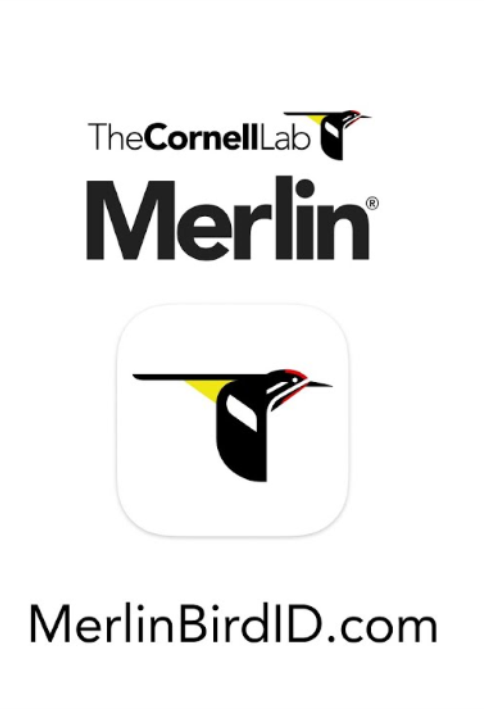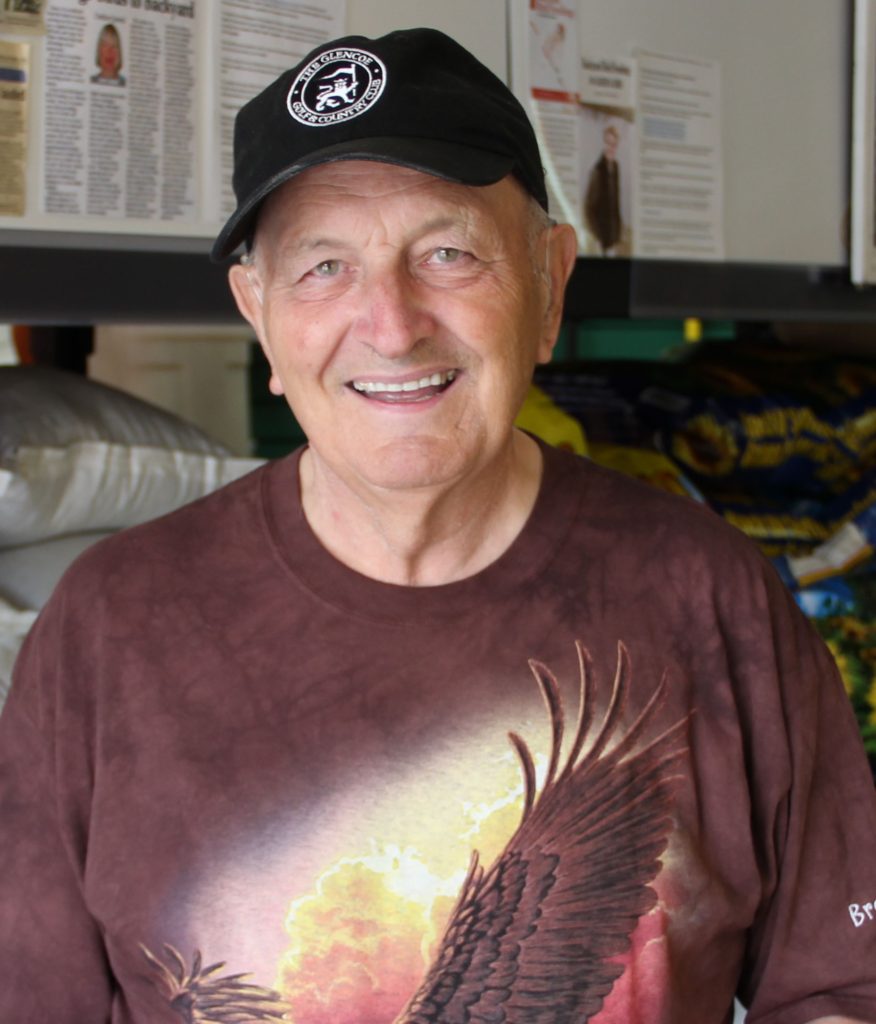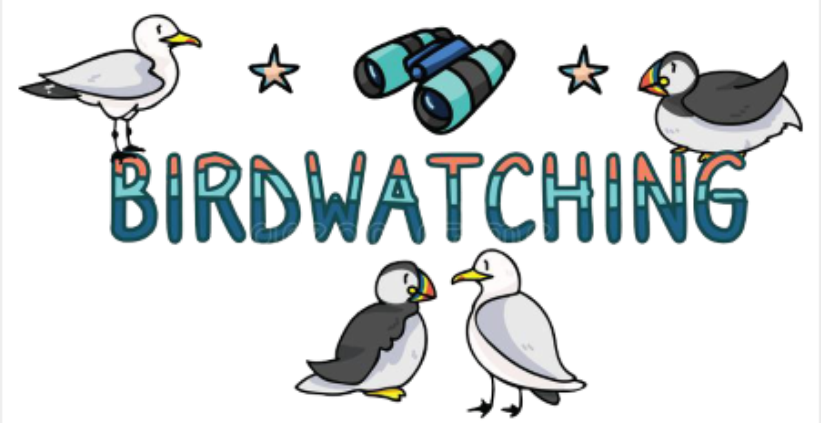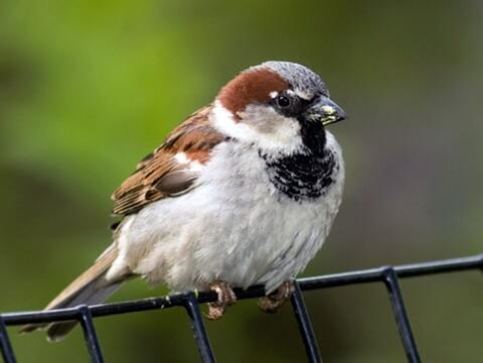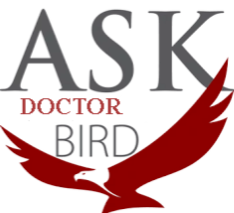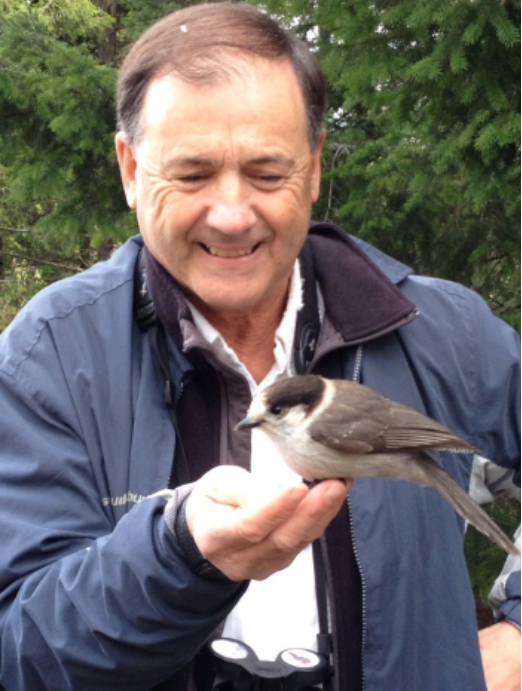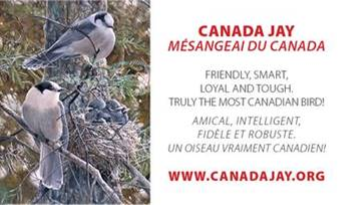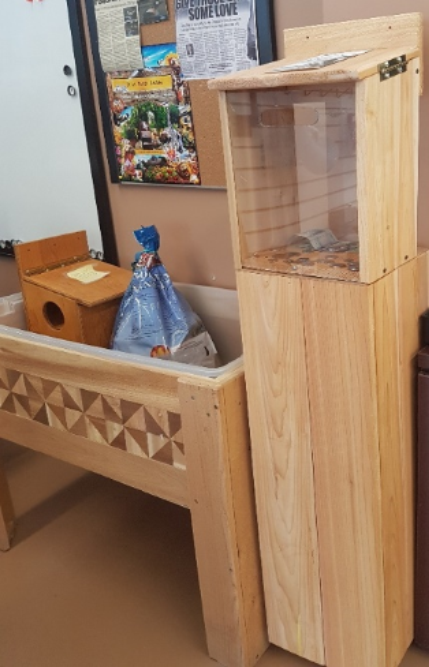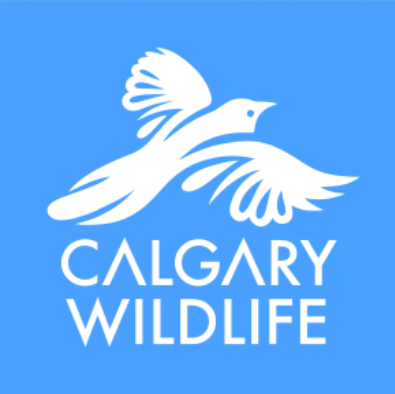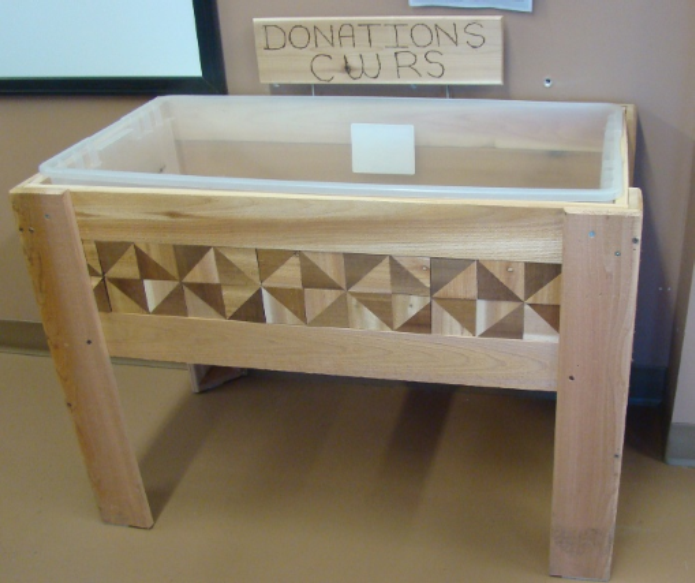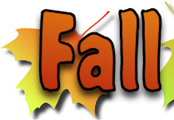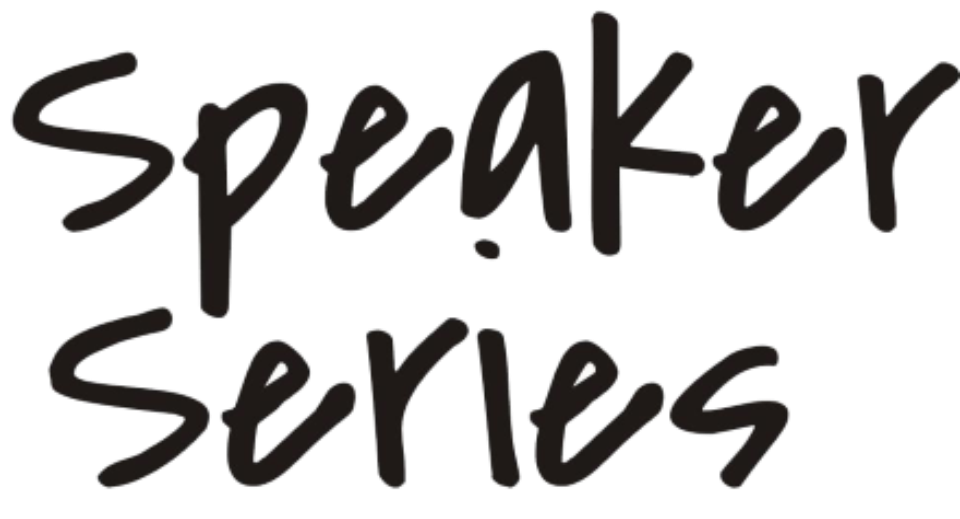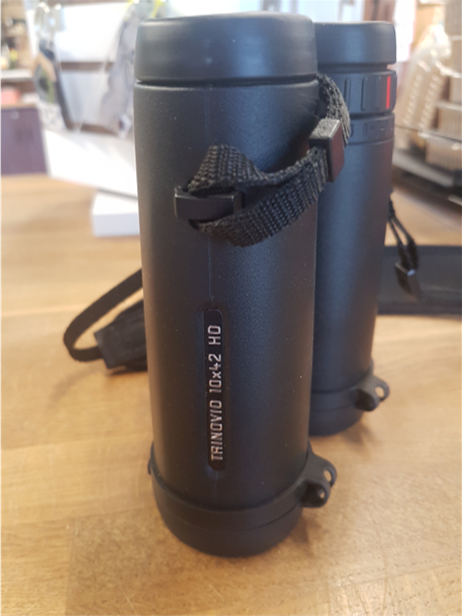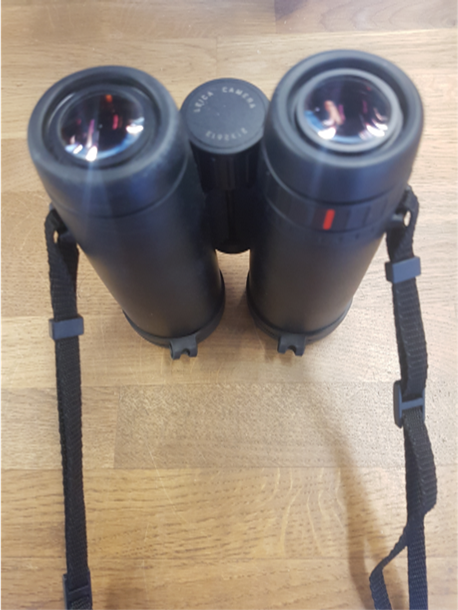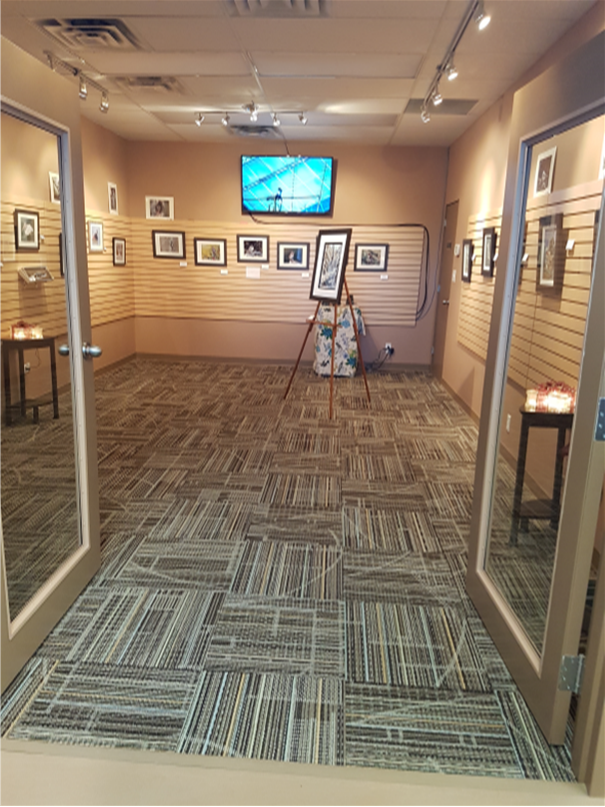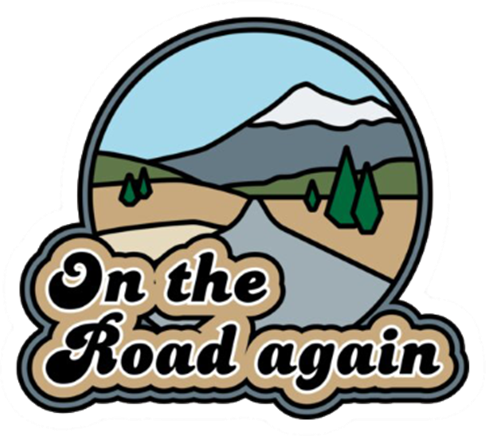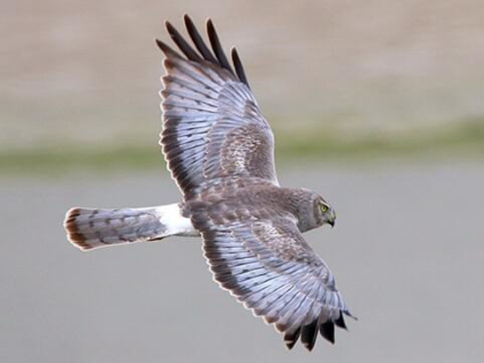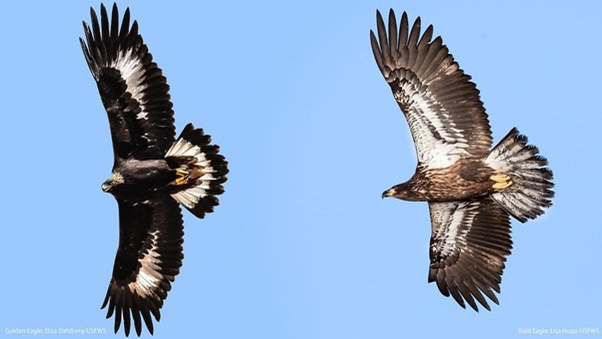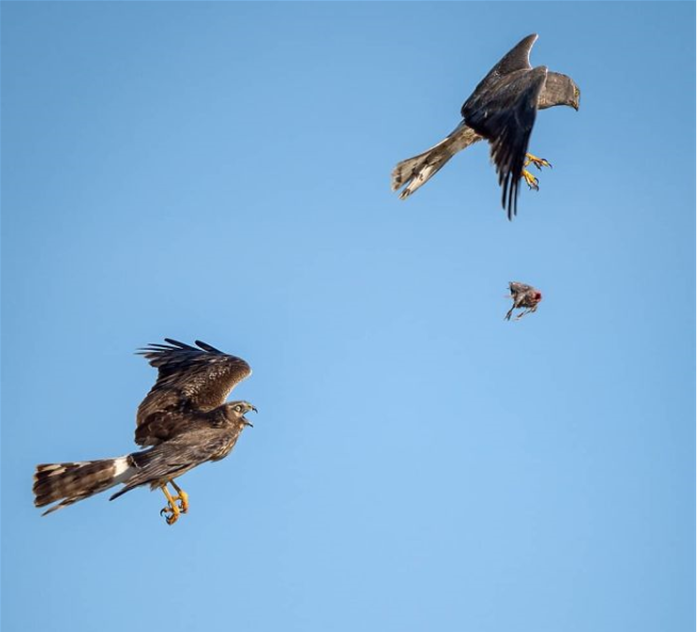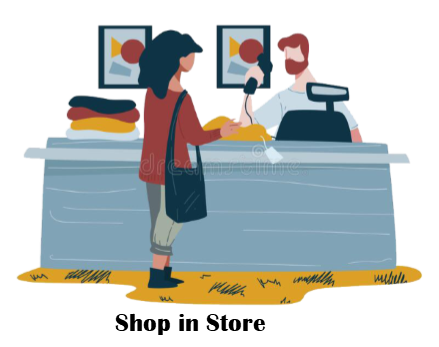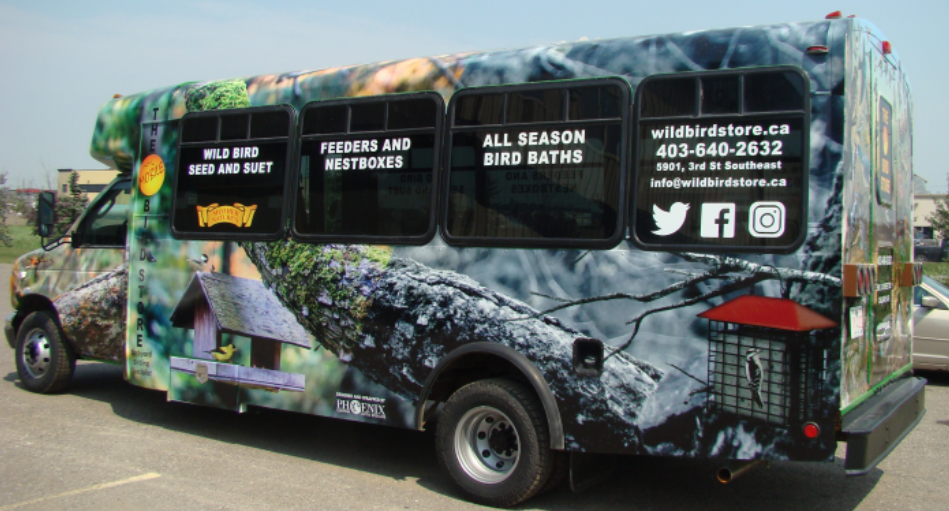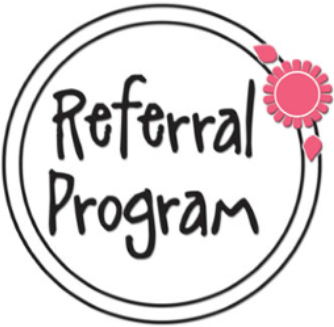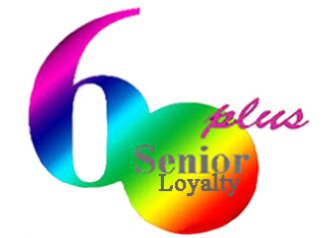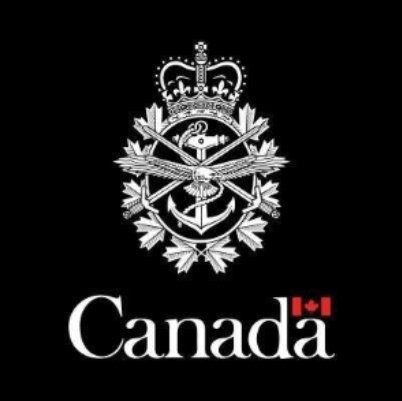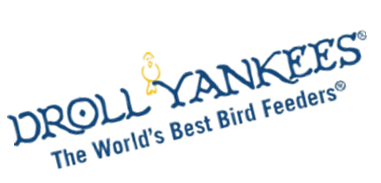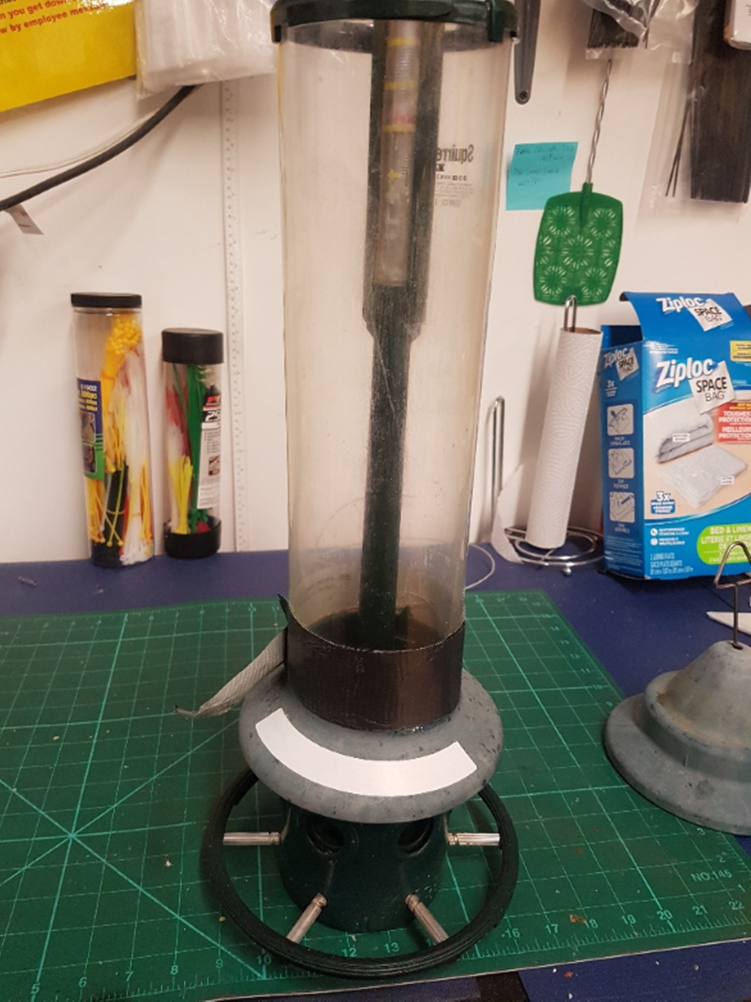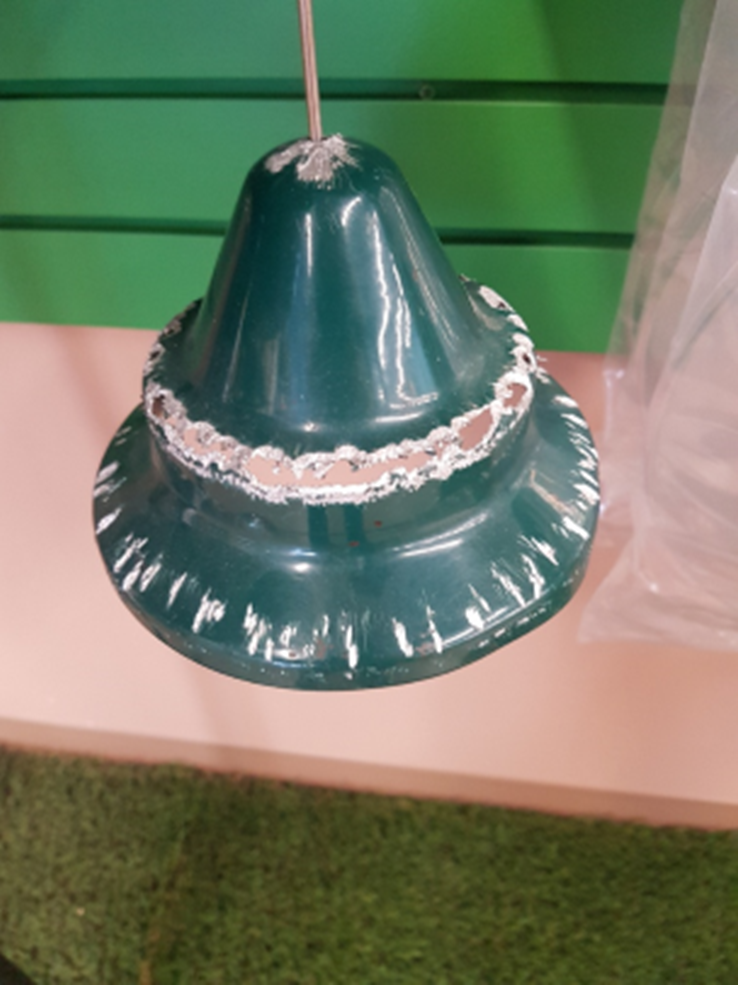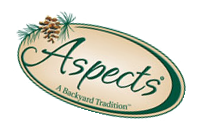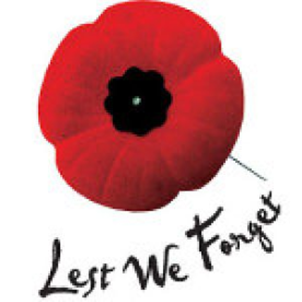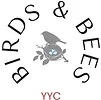LINK TO PDF NEWSLETTER DOWNLOAD


When Europeans first arrived in the Americas, there were Native American cities, but none of the species Europeans had come to expect in cities: no pigeons, no sparrows, not even any Norway rats. Even once European-style cities began to emerge, they seemed empty to birds and other large animals. In the late 1800s, a variety of young visionaries, chief among them Nicholas Pike, imagined that what was missing were the birds that live with humans and, he thought, eat our pests. Pike, about whom little is known, introduced about 16 birds into Brooklyn. They rose from his hands and took off and prospered. Every single House sparrow in North America may be descended from those birds. The House sparrows were looked upon favorably for a while until they became abundant and began to spread from California to the New York Islands, or vice versa anyway.
In 1889, just 49 years after the introduction of the birds, a survey was sent to roughly 5,000 Americans to ask them what they thought of the House sparrows. Three thousand people responded and the sentiment was nearly universal: the birds were pests. This land became their land too, and that is when we began to hate them.
As for what might happen if House sparrows became more rare, one scenario has emerged in Europe. House sparrows have become more rare there for the first time in thousands of years. In the United Kingdom, for example, numbers of House sparrows have declined by 60 percent in cities. As the birds became rare, people began to miss them again. In some countries the House sparrow is now considered a species of conservation concern. Newspapers ran a series on the birds’ benefits. Another newspaper offered a reward for anyone who could find out “what was killing our sparrows.” Was it pesticides, some asked? Global warming? Cell phones? Then just this year a plausible (though probably incomplete) answer seems to have emerged. The Eurasian sparrow hawk, a hawk that feeds almost exclusively on sparrows, has become common in cities across Europe and is eating the sparrows. Some people have begun to hate the hawk.
Birders tend to dislike House sparrows because they often kill native birds in order to take over their nesting sites (i.e. Bluebird boxes or Purple martin houses)

House sparrows adaptability can be gauged by the fact that they have been found living and breeding 2000ft. underground in a coalmine; others have been recorded living their whole lives inside warehouses.
When House sparrows were at their most numerous a century ago, there were many sparrow clubs whose members competed to kill the most birds in a year.
Though a long-established resident of Britain, it’s not thought to be native, but spread naturally north from North Africa.
On the ground, the House sparrow typically hops rather than walks.
Effective Monday, October 3, 2022, until further notice, The Wild Bird Store will be CLOSED on Mondays due to staff shortages. We apologize for any inconvenience.
NEW service now being offered!
The Wild Bird Store in partnership with Andrew Barnes, now providing at home wild bird consulting service.
Specializing in helping you and your property become Wild Bird friendly for maximum results.
Services offered will include:
Bird feeder(s) recommendations for species focus and seed types
· Type(s) of seed and for which species it will be best suited
· Preferred location for maximum results
· Bird feeder accessories
· Hummingbird feeders and accessories
Nesting
· Nest box selection for native species—including all cavity nesting and platform species for Alberta
· Preferred location for nest boxes
· Maintenance tips
· Advice on how to deter invasive species (House sparrows and European starlings)
Watering needs
· Bird baths
· Heaters and heated baths
· Accessories including drippers and bubblers
· Location dos and donts
· Maintenance tips
Bat Houses/Chambers
· Location requirements
· Housing styles—including single vs multiple chambers
After each visit all discussion points and recommendations will be provided along with a 10% OFF coupon to be used at the Wild Bird Store on your next purchase.
PLEASE NOTE: 10% coupon is only valid for a one-time purchase and must be presented at time of purchase. In-store ONLY (excludes online)
For further information, pricing and scheduling, please contact
Andrew Barnes cell # (403) 923-8121 (call or text)
Email: andrewbarnes403@gmail.com
Have you checked out the Merlin app? Would you like a demonstration on how they will help you to identify birds? Stop by The Wild Bird Store during regular business hours and staff will be happy to show you how the app will enable you to identify birds in various ways.
Identify Bird Songs and Calls
Identify Birds by your Photos
Save Birds to Your Life List
Explore lists of birds near your location
All participants on any bird walk must have purchased a ticket through Eventbrite.ca and present the ticket to Jim prior to the bird walk. The weather plays a big part in bird walks and Jim reminds participants to dress anticipating weather changes and to carry water to keep hydrated.
Saturday November 12, 2022 BEBO GROVE (Fish Creek Park)
(9:00am meet in parking lot Bebo Grove)
Ticket price: $6.00 +GST +fees
Tickets must be purchased through Eventbrite.ca—2022 WBS bird walks
Saturday November 26, 2022 INGLEWOOD BIRD SANCTUARY
(9:00am meet in parking lot at Inglewood Bird Sanctuary)
Ticket price: $6.00 +GST +fees
Tickets must be purchased through Eventbrite.ca—2022 WBS bird walks
House sparrow status signaling
Status signaling in the animal world refers to the way that physical characteristics convey information about the strength and rank of an individual in the group. Like stripes and badges on a military uniform, physical markings in the animal world can tell other members to be wary of challenging an individual bearing them.
In the world of birds, the size of the bib on the male House sparrow—a black patch of plumage on the sparrow’s throat—has been associated with the bird’s level of influence in the flock. The bigger the bib, the better the fighting ability, with cuckoldry and reproductive success some of the potential associated privileges.
Question:
What is a “spark” bird and do you have one?
Response:
Do you have a favourite bird? Or perhaps a spark bird? In case you did not know, a spark bird is that first sighting that really tuned you onto birds…..I will bet that if you think hard, you will recall that moment in your life. I actually have both a favourite bird and a spark bird……and for two very different reasons.
My favourite bird in the whole world is the Gyrfalcon. This should not be a big surprise to those of you who know me, if only because I studied falcons for forty years. But they might be a little surprised that I did not choose the American kestrel, a little falcon that I studied for all those years and one that was the subject of over 125 scientific publications in peer-reviewed journals! At one point I had more than 300 kestrels in my possession as part of a research colony held at McGill University. And why not the Peregrine falcon, others might ask? Well, it is indeed true that I and my staff played a serious role in helping to reintroduce this falcon to the eastern provinces. In fact, we were the first to undertake releases of captive-bred peregrines into a city environment…..in my case, Montreal. But no…..the nod goes to the Gyrfalcon, the largest and most powerful of all the falcons in the world. I spent the whole summer of 1973 studying a pair of these white falcons on Ellesmere Island only 800 miles from the North Pole. It was the most awesome experience ever! But my spark bird was actually an Anna’s hummingbird. Up into the late eighties, there were two kinds of birds for me—hawks and hawk food. I was totally biased toward all birds with hooked beaks and feet equipped with hooked sharp talons! I was basically a “raptor guy”! One day while going on one of my very birding trips with some students as part of an ornithology conference in Tempe, Arizona, I saw a male Anna’s hummingbird doing a very impressive aerial courtship display with its neon pink throat in the desert. It was like a flying jewel! Absolutely breath-taking!! I recall going back to Montreal and declaring in my upcoming Bird’s Eye-View column in The Montreal Gazette that I no longer wanted to be a raptor bigot and that I was going to appreciate ALL birds, including pigeons, starlings and house sparrows. And I have felt that way ever since!
David M. Bird, Ph.D., Emeritus Professor of Wildlife Biology, McGill University www.askprofessorbird.com

David M. Bird is Emeritus Professor of Wildlife Biology and the former Director of the Avian Science and Conservation Centre at McGill University. As a past-president of the Society of Canadian Ornithologists, a former board member with Birds Canada, a Fellow of both the American Ornithological Society and the International Ornithological Union, he has received several awards for his conservation and public education efforts. Dr. Bird is a regular columnist on birds for Bird Watcher’s Digest and Canadian Wildlife magazines and is the author of several books and over 200 peer-reviewed scientific publications. He is the consultant editor for multiple editions of DK Canada’s Birds of Canada, Birds of Eastern Canada, Birds of Western Canada, and Pocket Birds of Canada. To know more about him, visit www.askprofessorbird.com or email david.bird@mcgill.ca.
DONATIONS
Located at The Wild Bird Store (near the seed bins). We collect your cash as well as “wishlist” donations and arrange to deliver them to local wildlife organizations including Calgary Wildlife Rehabilitation, Alberta Institute of Conservation and Ellis Bird Farm.
We ask for your support quarterly for each of these organizations.
For June, July and August 2022 your donations will go to:
Calgary Wildlife Rehabilitation
Andrew Barnes “Purple Martin Papa” will present an update on his Purple martin colony in 2022
Wednesday November 9, 2022 6:00pm to 7:30pm
Ticket price: $15.00 +GST +Fees
Tickets must be purchased through Eventbrite.ca and are non-refundable
Andrew will discuss the successful summer of 2022 at his established Purple martin colony
Behind his home in New Brighton. Presentation will include photos of not only the Purple martins but of the many other species who frequent the lake behind Andrew’s home.
Wildlife Photography in the Backcountry
Wednesday November 16, 2022 6:00pm—7:30pm
Ticket Price: $15.00 +GST +Fees
Tickets must be purchased through Eventbrite.ca and are non-refundable
Join Kamala and Kyle as they reveal how time spent in nature partaking in extreme mountain recreation like scrambling, caving, rock and ice climbing has led to a love for wildlife photography, as they share some of their unique wildlife experiences on their backcountry adventures.
The Wild Bird Store offers the “Book Nook” as a gathering place for your next meeting. The room is for rent for $50.00 +GST which includes the set up of the chairs, video equipment is available and coffee, tea and water are available.
Please contact info@wildbirdstore.ca for more information or to reserve your spot.
Thanksgiving Monday, October 10, 2022:
The promise of another lovely day with temperature in the 20s was another opportunity to take another birding road trip. Although migration is still underway for some species, especially those coming from the Arctic, most songbirds have already gone south so our journey was on the quiet side. We didn’t see many shorebirds—a couple of Killdeer, a few ducks mostly Mallards and Canada geese—what would winter be without Canada geese! But what we did see may surprise you—it sure surprised us.
American kestrels, Red-tailed hawks, Deer enjoying the last green grasses of summer, Grey partrides and Ring-necked pheasants, a Northern shrike, 5 Northern harriers and 2 immature Golden eagles.
All summer long we had only seen one Northern harrier north of the city near Irricana, but to see 5 in one day—we just couldn’t believe our luck. And has I have said many times before—birding has a lot to do with luck. Just think of all the birds you don’t see as you travel from place to place in search of birds which may be here one minute and gone the next. But we wondered why we hadn’t seen a few others in our travels during the summer. Afterall, if they are here now they probably were here all summer either raising their young or they are the young from this past summer.
But the real shocker had to be the two immature Golden eagles. So very identifiable first of all because they are HUGE, have those very recognizable “finger” feathers at the ends of their wings and the immatures have a very distinct white pattern when you see their undersides (see photo below).
There are always going to be those sightings you remember and talk about again and again. Like our sighting of 38, yes you read that right, of immature Great blue herons all together. All birds are special to us, that is why we had Chinese food for Thanksgiving instead of Turkey. HAPPY BIRDING all year long. Alberta is a great place to bird.
Northern harriers are slender, medium-sized raptors with long, fairly broad wings and a long, rounded tail. They have a flat, owl-like face and a small, sharply hooked bill. Harriers often fly with their wings held in a dihedral, or a V-shape above the horizontal. It has a dark hooked bill with a yellow base, yellow eyes, legs and feet.
This is the only North American member of a group of hawks known as harriers.
Similar to other species of eagles and hawks, the Northern harrier males of these species are called tiercels, while the Northern harrier females are called formels. Unlike other birds, the baby of a Northern harrier is not referred to as a chick, but is known as an eyas. Thus the ideal way to term a juvenile Northern harrier would be a Northern harrier eyas.
Like the majority of birds, these North American birds also depict courtships or mating rituals. The male species of these birds fly at a very high altitude and then they dive down to lower altitudes at a very high speed. These special dives are often accompanied by spinning patterns and twirling in the air. Polygynous nature is often seen among the male species of these birds and thus, as a result, a male Northern harrier is often known to have more than a couple of mating partners. However, females are known to be monogamous. The nest of these birds is made by the females on the ground or in raised places. The male species showcase interesting characteristics. These birds are extremely territorial and are known to attack others that approach the nests. When the eggs are incubated by the female species, the male brings food and calls the female, but doesn’t approach the nest.

· Unusual among hawks, Northern harriers use their sense of hearing to help locate prey. They have an owl-like facial disk to help with directional hearing and soft feathers for a quieter flight
· A group of harriers has many collective nouns, including a “swarm” and a “harassment” of harriers
· The common name, harrier, is from the Old English work “herigan” and means to harass or plunder
· Their species name, Circus syanus, comes from the Greek word “kirkos”, meaning circle and the word “cyan” which is a shade of blue. These refer to the Northern harrier’s flight pattern while hunting and the colour of the male bird
Options for shopping at the Wild Bird Store
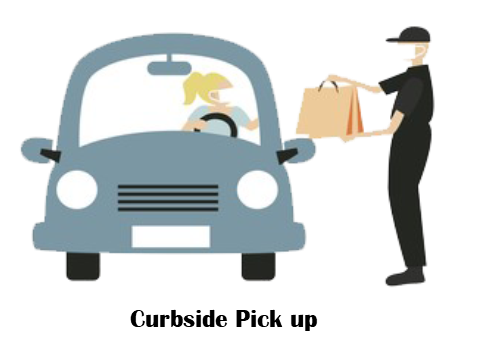
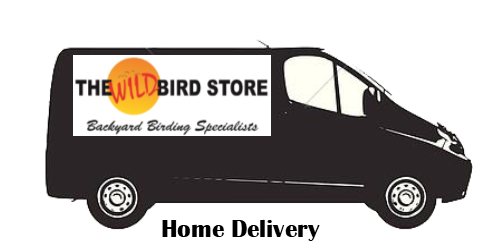

To ensure you get what you want, please have your order in by 5:00pm on Tuesday and we will set it aside for you
Text us @ (403) 701-4571 OR email us at orders@wildbirdstore.ca so we can put your order aside.
Earn and redeem customer loyalty points on
The Bird Seed Truck


DELIVERY: Deliveries will still be made on Thursdays ONLY. Please phone the store at (403) 640-2632 any day prior to 12:00 noon on the Wednesday before your delivery; place and pay for your delivery. Please phone with your order as early as possible to avoid disappointment. If you have any special instructions please do not forget to inform us when you place your order.
We offer a discount if you return your seed bags (sorry—not the Mother Nature bags which we cannot re-use), suet ball containers, if you bring your own container to fill or use a bag from our re-cycle bin. This discount is in addition to any other discount offered.
Write a Google review on your experience at The Wild Bird Store, and as a thank you, we will give you 100 customer loyalty points ($5.00 value). To get a promo code, kindly email info@wildbirdstore.ca
(one Google review per customer)
Earn 200 customer loyalty points ($10.00 value) by referring a friend, acquaintance or fellow birder.
Please visit the store to get a promo code.
Combining our Seniors 10% discount with the Loyalty Program. (Excludes “sales” items, books & optics).
Discount for membership 10% discount for members of Fish Creek Park, AIWC, Priddis Golf Club, Nature Calgary, Sandy Cross Conservation, Springbank Garden Club and Millarville Horticultural Society. Must present valid membership card at time of purchase.
Discount for Military Members & Veterans 10% discount on
purchases in-store or on Mobile Seed Truck (sorry—excludes “sales”
items, books, optics and consignment items)

5901 3rd Street S.E.,
Calgary, AB T2H 1K3
email: info@wildbirdstore.ca
(403) 640 2632
The Store is open Tuesday through Saturday 10:00am to 5:00pm
We are CLOSED Sundays, Mondays and ALL Statutory holidays for Faith, Family and Friends.
As of Monday October 3, 2022 we will be closed on Mondays until further notice.
We still offer curbside pickup every day we are open and delivery service on Thursdays.
FOLLOW US ON:
Facebook @thewildbirdstoreyyc
Twitter @wildbirdstoreyyc
Go to YouTube, type in the search bar “The Wild Bird Store” to watch our videos and to help us become more visible . Be sure to click on “Subscribe” before you leave the page.
Remembrance Day is celebrated every year on the 11th of November. This is because during WW1, the conflict ended “at the eleventh hour of the eleventh day of the eleventh month”.
The poppy was worn on the left lapel and close to the heart to recognize the sacrifice of soldiers in times of war. They were initially made by disabled veterans and the proceeds of sales, then and now, go towards funding veterans’ needs.
Some 619,636 Canadians enlisted with the Canadian Expeditionary Force during the war, and approximately 424,000 served overseas. Of these men and women, 59,544 members of the CEF died during the war, 51,748 of them as a result of enemy action. The small Royal Canadian Navy reported 150 deaths from all causes. No accurate tabulation exists for Canadians who served as volunteers in the Royal Navy or British Army. An additional 1,388 Canadians died while serving with the British Flying Services.


